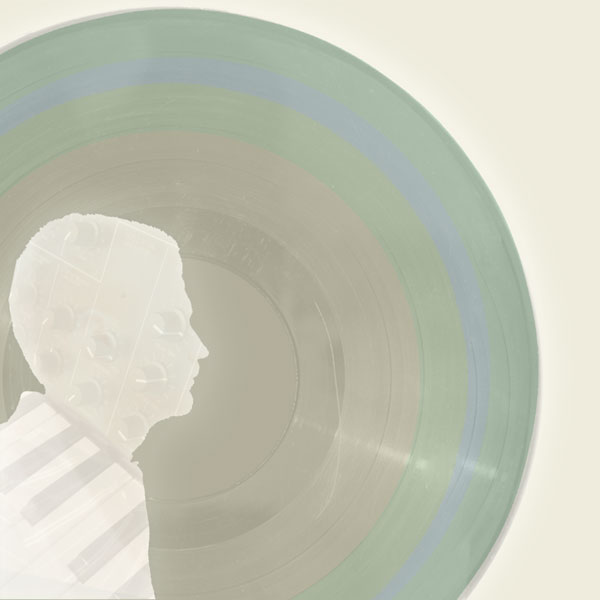Read more:
Wikipedia
The discovery of the first flexagon, a trihexaflexagon, is credited to the British student Arthur H. Stone, who was studying at Princeton University in the U.S.A. in 1939. His new paper in America wouldn’t fit in his English binder so he cut off the ends of the paper and began folding them into different shapes.[3] One of these formed a trihexaflexagon. Stone’s colleagues Bryant Tuckerman, Richard Feynman, and John Tukey became interested in the idea and formed the Princeton Flexagon Committee. Tuckerman worked out a topological method, called the Tuckerman traverse, for revealing all the faces of a flexagon.[4]
Flexagons were introduced to the general public by the recreational mathematician Martin Gardner, writing in 1956 in his first column of “Mathematical Games” for the Scientific American magazine.[5] In 1974, the magician Doug Henning included a construct-your-own hexaflexagon with the original cast recording of his Broadway show The Magic Show.
